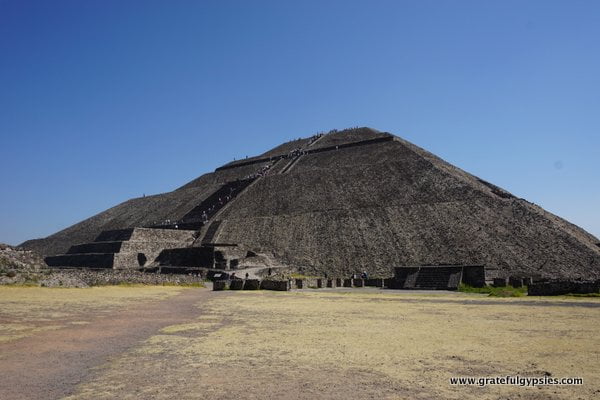Cooking in Spanish | Spanish Language Blog
One of my priorities when traveling is food. What do people eat there and how do I get in on the fun? Food varies so much in Spanish speaking countries that it would require endless blog posts to cover all. In this post, I am going to cover some of the basic vocabulary related to cooking and food.
Ingredientes Basicos
There are some universal ingredients in cooking that vary only in the way they are used. In the north of Mexico, most dishes are predominantly with carne de res (beef) and pollo (chicken).In the center and south of the country, many dishes are with puerco or cerdo (pork) while in the coast pescado (fish) and mariscos (seafood) are king. There are plenty of platillos vegetarianos (vegetarian dishes) as well such as frijoles con arroz (beans with rice) like the famous Cuban dish moros y Cristianos.
Maíz
A staple in Latin America is maíz or corn. This is presented in a huge array of methods and dishes. My personal favorites are the classic tortilla de maíz either with yellow or blue corn, tamales which can vary in types and fillings (some are wrapped in corn leaves, others in banana leaves), the Venezuelan arepa, and empanadas filled with corn (thank you, Argentina). Another corn-based dish is humitas, a type of cornbread common in Chile, Ecuador, Argentina, Peru, and Bolivia.
The following video shows you how to make chicha de maíz, a typical drink in Colombia. One of the ingredients, the brown cane sugar, is called panela y Colombia while in Mexico it is known as piloncillo.
Sazonadores
Food wouldn’t taste so good without sazonadores. Some dishes are fine with some sal y pimienta (salt and pepper) while others require more elaborate mixtures such as adobo or achiote. Especias or spices are another important part of the dish. Clavo (clove) and comino (cumin) are common in some Mexican dishes, the latter also common in Tex-Mex food. In the herb department, salvia (sage), oregano, tomillo (thyme) and cilantro (coriander) are common. For sweet dishes vainilla and aníz (anise) are staples.
Tecnicas
When cooking, it is also important to know the technique each dish requires. This isn’t always so easy when you are doing it in a language you are learning. Some of the most common métodos de cocción (cooking methods) are hervir (boil), asar (grill), and hornear (bake). But if you want something really fancy, perhaps you are interested in cooking your steak in lava! In the video below, you will see how a restaurant in the Islas Canarias in Spain prepares this extraordinary meal!
What are your favorite dishes and ingredients to cook with?
Want more language learning advice, including how we can help you meet your language goals? Sign up for one of our newsletters!
About the Author:Karoly G Molina
Since I was a little girl, I was fascinated with languages and writing. I speak English, Spanish, Italian, Dutch and a little bit of French. I am a writer, reader, language teacher, traveler, and a food lover!
I now live in The Netherlands with my husband Riccardo, our cat Mona, and our dog Lisa, and the experience has been phenomenal. The Dutch culture is an exciting sometimes topsy-turvy world that I am happily exploring!
Posteado en Spanish Articles (Facebook)




